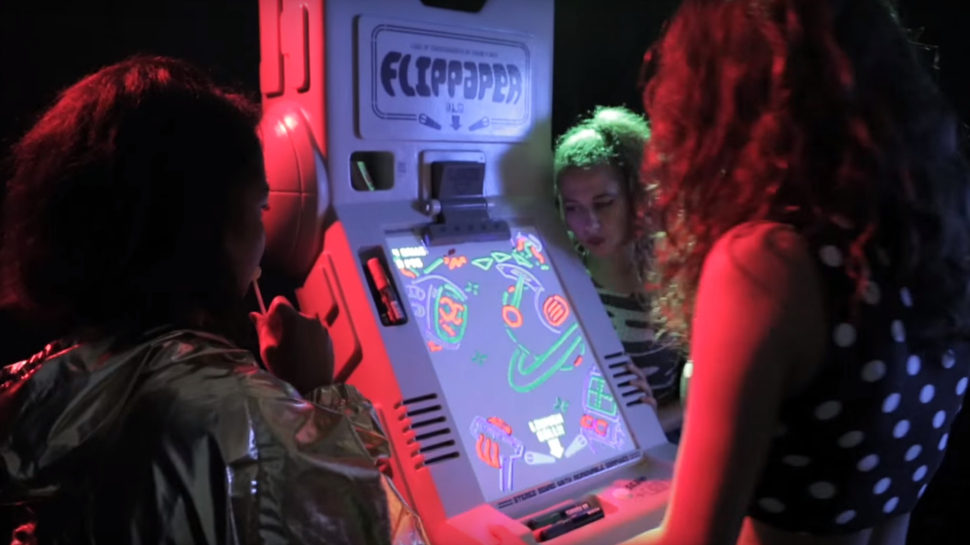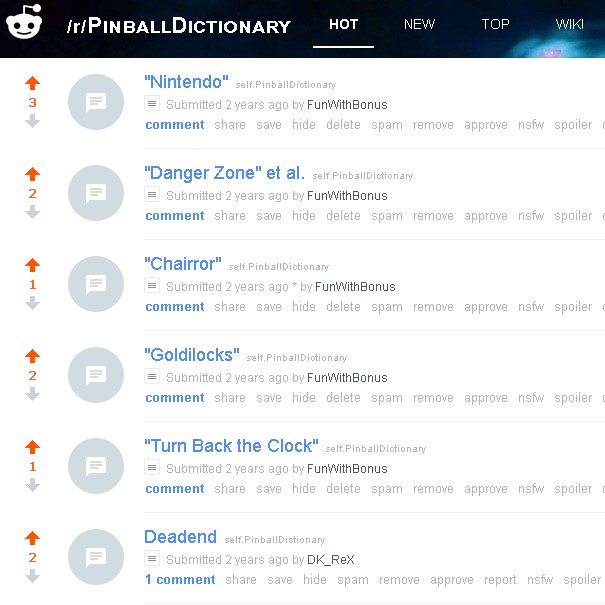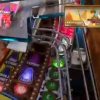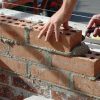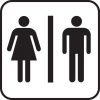Flippaper takes players’ drawings, scans them, and then projects them onto the paper/game screen as interactive elements. According to one journalist from Creative Applications Network … this works by using “a relatively simple computer vision system” that’s made up of a web cam, a video projector, and a mirror, as well as an application built using Cinder, and the physics engine Box2D.
Creating the interactive elements involves four colored markers (red, yellow, blue, green) as well as “a grammar of strokes” that includes lines, dots, filled shapes, and closed shapes. Each one of these color/grammar stroke combos corresponds to a different interactive element, like flippers, speed boosters, walls, portals, and targets. Once you’ve drawn your interactive elements, all you have to do is press “SCAN” and boom, you’re playing a pinball “machine” that you designed.
Source: Flippaper Pinball Game Changes in Real Time Based on Players’ Sketches | Nerdist

